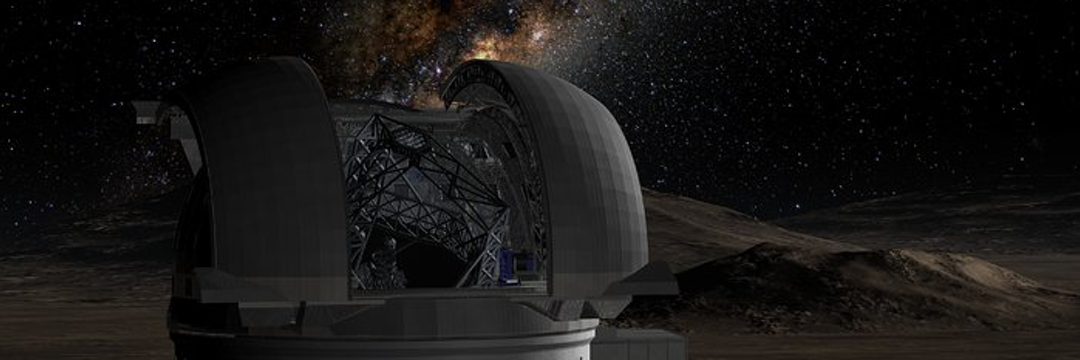
doi.org/10.1073/pnas.2322875121
Credibility: 989
#Dinossauro
Recent research suggests that the exceptional fossils from the Yixian Formation in China were not preserved by volcanic activity as previously thought, but by natural sedimentation processes.
This has changed what scientists believed about how these fossils formed.
Fossil Paradise in the Yixian Formation
Between 120 and 130 million years ago, during the age of the dinosaurs, the region that is now northeastern China was full of forests and lakes.
At that time, there was an enormous diversity of life.
Since the 1980s, locals have been finding incredibly well-preserved fossils, which has led to a rush for these relics.
Fossils such as feathered dinosaurs, ancient birds, mammals, and even fighting animals have been unearthed.
These fossils were so important that they helped prove that dinosaurs had feathers and were ancestors of modern birds, revolutionizing our understanding of evolution.

The “Pompeii Event” Myth
For a long time, scientists thought that the Yixian fossils had been preserved by volcanic eruptions, like the people of Pompeii, who were covered in ash from Mount Vesuvius in 79 AD.
This idea led to the site being nicknamed “Chinese Pompeii.”
However, new research has revealed that this theory was wrong.
Instead of waves of hot ash, the fossils were preserved by a more common process: landslides, sinkhole collapses, and rainy periods that quickly buried the bodies in oxygen-depleted sediment.
This allowed soft parts, such as feathers and organs, to be preserved.

Groundbreaking Discoveries and New Techniques
To study these fossils, scientists used a method called high-precision mass spectrometry, analyzing grains of zircon (a mineral) to date the fossils.
They found that they all happened over a period of less than 93,000 years, and not in repeated eruptions.
The study showed that many of the deaths occurred under normal conditions. For example, some animals may have been buried when their burrows collapsed or when the ground became soaked with water.
And unlike the Pompeii victims, who died in dramatic poses, the Yixian fossils appear to be resting, as if they had fallen asleep.

So What Does This Mean
These discoveries are a reminder that we don`t always need extraordinary explanations for things we don`t understand.
The Yixian fossils are a snapshot of natural deaths, preserved in an incredible way by ordinary processes.
More research could reveal even more rare fossils in the future.
Some places in the United States, for example, may have similar fossils, but finding and excavating these sites is expensive and complicated.

This study was conducted by scientists from several institutions, including Columbia University and the Chinese Academy of Sciences, highlighting the importance of international cooperation in science.
Published in 11/17/2024 09h22
Original article:
Original study:
| Geoprocessing Drone Systems HPC |

| ERP and CRM Systems Mobile Systems AI |


